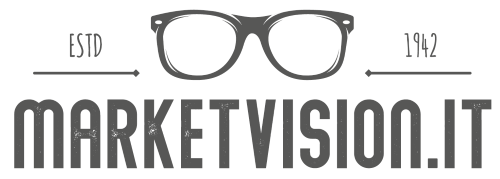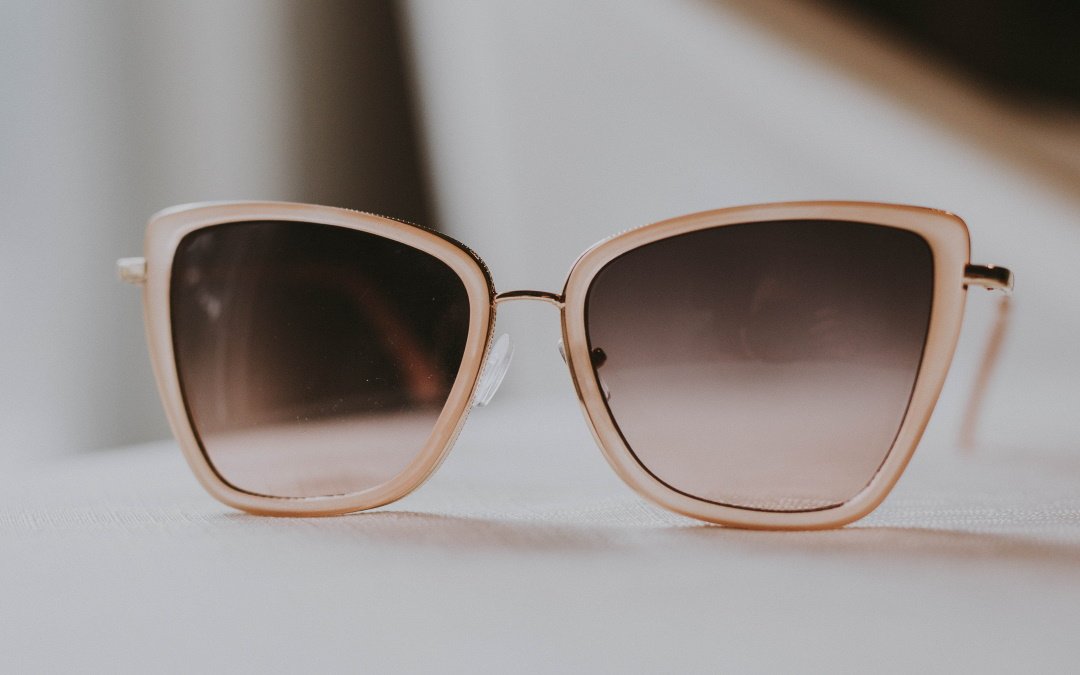You can find eyeglass frames in various materials, ranging from natural ones such as horn and turtle to plastic and metal.
However, they should have some main characteristics:
– lightweight (regarding both the specific weight of the material and the thickness of the frame itself)
– mechanical resistance (elasticity, and impact resistance)
– shape stability (or shape memory)
– skin compatibility (lack of allergy-causing components)
But which of these features are present in the metal frames?
Metal frames making
The most significant advantage of alloy glasses frames is that they stand up well to wear and tear and maintain the characteristics of a new pair of spectacles over time.
However, designers are not fond of this type of frames, because they are not as versatile as acetate in creating particular shapes and colours. Besides, the very high-temperature processing required for metals can cause manufacturing problems.
When creating metal eyewear, a drawn “u” shaped wire is bent, welded and processed to obtain the shape of the finished frame. It can then be coated, coloured and lacquered, or embellished with metal details or synthetic stones.
To obtain alloys suitable for eyeglasses manufacturing, it is often necessary to use nickel, which is the primary culprit of many skin allergies. For this reason, today, more and more so-called medical or allergy-free metals are used. They are high-quality alloys in which nickel, replaced by manganese and chromium, is found in very low percentages to reduce the risk of allergies.
The main alloys
These are the alloys mainly used to produce glasses frames.
Nickel silver (copper-zinc-nickel): is a copper alloy widely used for spectacles which are then coated with noble materials such as gold, palladium, rhodium, etc., through processes of lamination or plating. The final quality of the frame depends on the quality and thickness of this process.
Monel (copper-nickel-iron): has properties similar to nickel silver and is used as its substitute.
Steel: it’s a durable and strong material (and corrosion-resistant in the stainless steel version). It is used in its natural colours because it has little tendency to be coloured.
Titanium: it’s a very lightweight material and resistant to corrosion and atmospheric agents. It’s the ideal solution for all those who suffer from metal allergies (especially nickel). It combines well in alloy with all noble metals. Unfortunately, it’s not easily solderable, so in case of breakage, it’s almost always necessary to send the frame to the manufacturer for repair.
Aluminium: in eyewear, a material called Anticorodal is extensively used. This name indicates a series of aluminium alloys (which may contain magnesium, manganese, silicon) and which are all characterized by excellent corrosion resistance and good resistance to mechanical stress. These latter characteristics make them perfect alloys for sunglasses and eyeglasses frames.

